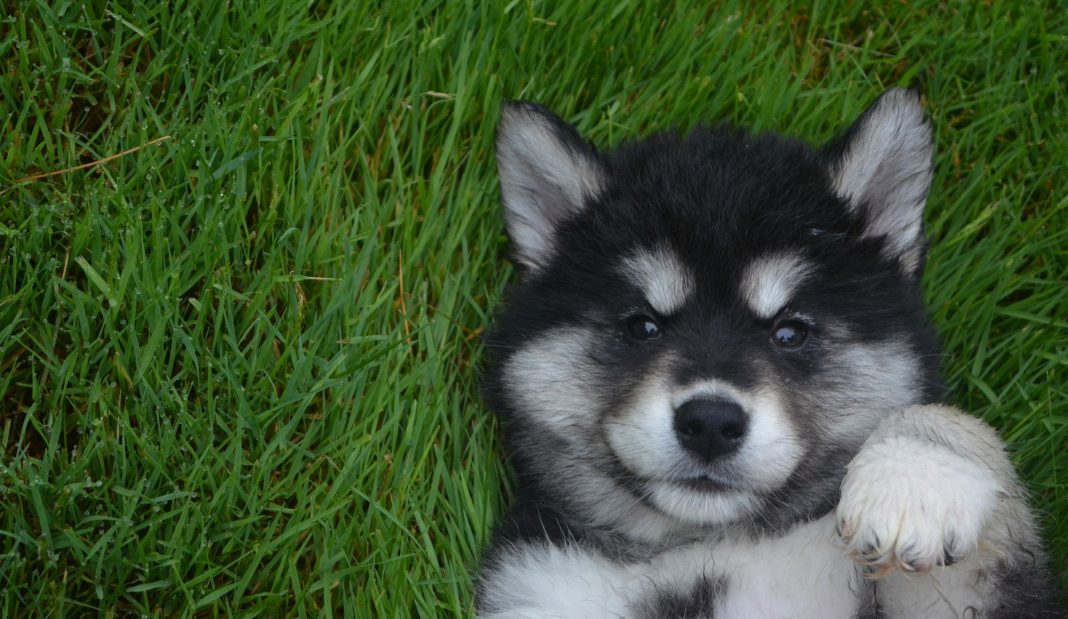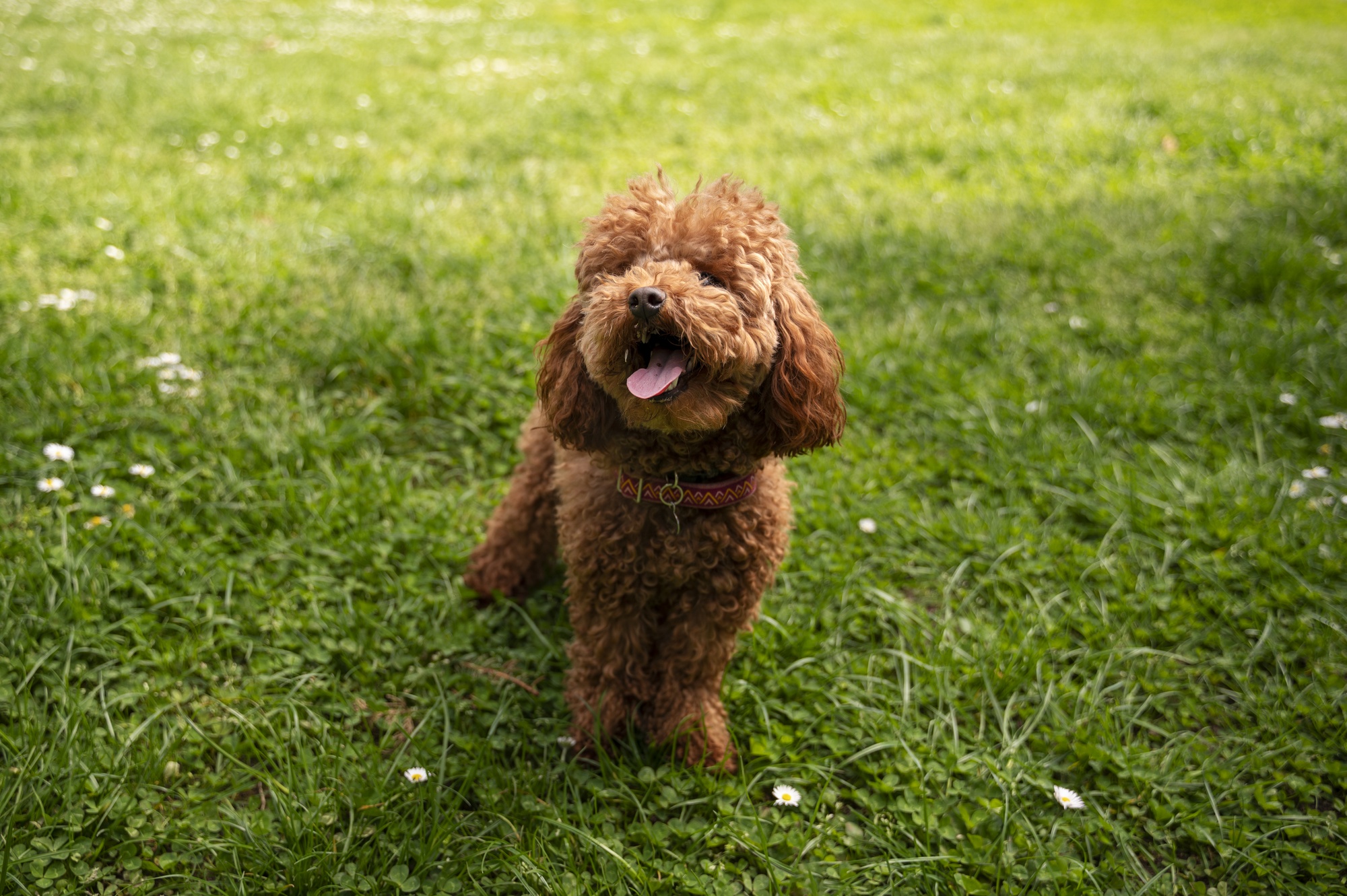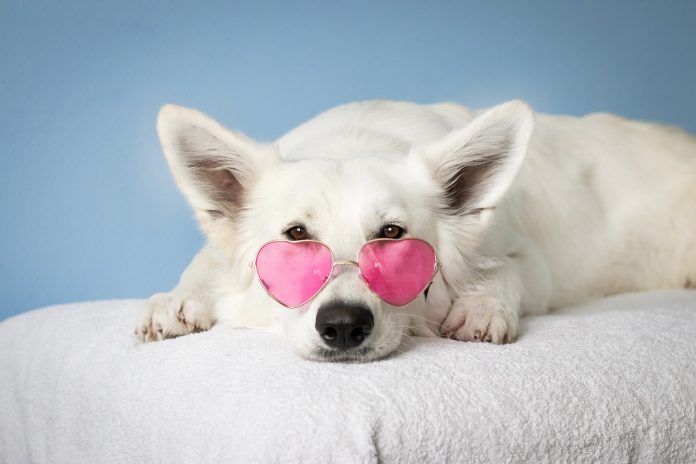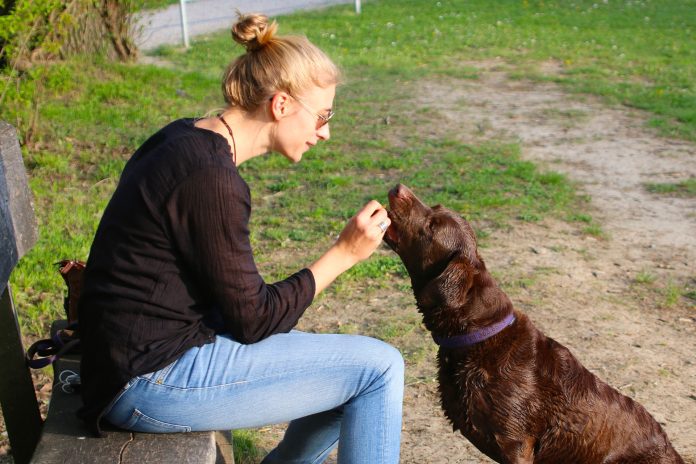For thousands of years, dogs have been humanity’s loyal companions. They evolved from wolves into the diverse breeds we know and love today. However, the world of dog breeding is far from static. Advances in science and selective breeding allow entirely new dog breeds to appear. Some breeds are tailored for specific jobs. Other dog breeds are designed to be perfect family pets.
However, what’s behind the creation of these incredible new dogs? Let’s dive into the fascinating world of modern dog breeding.
The science behind dog breeding
Breeding new dog breeds is a combination of genetics, careful selection, and an understanding of hereditary traits. Here’s what scientists and breeders use to create new breeds:
1. Genetic mapping and DNA analysis
Not so long ago, dog breeding was primarily based on visual traits and temperament. In modern days, breeders use genetic testing to make informed decisions. Scientists analyze a dog’s DNA to predict potential health issues, identify desirable traits, and ensure genetic diversity.
DNA tests are also incredibly helpful for pet owners. They allow them to get more insights into popular dog breeds, understand their behavioral traits, and figure out if there are underlying health issues.
Genetic screening allows breeders to avoid diseases in dogs like hip dysplasia and many other health issues. That’s how new breeds become not only unique but also healthier than their predecessors.
2. Selective breeding for desired traits
It’s about choosing parent dogs with specific characteristics and breeding them over multiple generations to develop a new breed with consistent traits. Here are some of them:
Temperament selection
Scientists put a special emphasis on temperament. Breeders are creating dogs that are calmer, more sociable, and more suited for apartment living. For instance, the Cavapoo was bred to be a hypoallergenic and affectionate companion.
Size and appearance
Size matters in new dog breeds as well. For instance, the Miniature Australian Shepherd retains the intelligence and agility of the standard Aussie. However, it’s smaller. A manageable size allows pet owners to not be concerned about their dog living in a flat rather than a house.
Work and utility
Certain new breeds are designed for work. A great example is the Eurohound. It’s a mix of huskies and pointers bred for competitive sled dog racing.
3. Crossbreeding and hybrid dogs
The biggest trend in dog breeding is hybrid or designer dogs. It’s an intentional cross between two purebred parents. Such hybrids combine the best traits of each breed and minimize their genetic weaknesses.
Popular examples include:
- Labradoodle. They were bred for their intelligence, friendly nature, and low-shedding coat;
- Pomsky. It’s a small, fluffy dog with the striking appearance of a husky;
- Goldendoodle. They’re known for their hypoallergenic coat and affectionate personality.
These crossbreeds result in healthier companions. Moreover, genetic diversity helps reduce the risk of inherited diseases that are common in purebred lines.

Emerging new dog breeds
Some dog breeds are so new that few people know about them. Besides, they have yet to be fully recognized by major kennel clubs. Nonetheless, they’re gaining popularity and may soon become official breeds.
1. The Alaskan Klee Kai. It’s a miniature version of the Siberian Husky. They were bred in the 1970s to create a smaller husky with the same wolf-like appearance and playful personality;
2. The American Bully. They were developed in the 1990s. It’s a mix of American Pit Bull Terrier and other bull breeds. They were bred for a muscular build, friendly temperament, and family-friendly nature;
3. The Barbet. Although they’re originally from France, they have gained popularity around the globe. It’s a water dog bred much like the Poodle. They’re highly intelligent, athletic, and known for their thick and curly coat.
Ethical considerations in creating new breeds
The science behind breeding new dogs is quite impressive. Still, there are some ethical concerns. Here are some of them:
- Health risks. Some designer breeds still inherit health issues from their parent breeds. That’s why breeders must prioritize health instead of aesthetics;
- Overbreeding. The rising demand for unique breeds has led to unethical breeding practices in some cases. Some breeders focus on profits. There should be responsible breeding with a focus on animal welfare;
- Breed standard controversies. Some organizations recognize new breeds reluctantly. They fear that rapid breeding may prioritize looks over health and temperament.
The future of dog breeding
The future of dog breeding could be even more revolutionary. For instance, CRISPR gene-editing technology may one day allow scientists to eliminate genetic diseases from dog breeds entirely. Moreover, cloning technology may become more common.
Nonetheless, the more we push the boundaries of science, the more ethical concerns arise. In this regard, scientists should work together with breeders. In this way, they’ll ensure that new breeds are not only beautiful but also healthy and happy.
Wrapping it up
The world of dog breeding is evolving rapidly. With the help of genetic testing, selective breeding, and hybridization, breeders and scientists are creating incredible new dogs. They’re healthier, smarter, and more suited to modern lifestyles. However, the innovations should also be focused on the well-being of our beloved companions.










